Early research shows replacing brain immune cells slows a rare brain disease, with potential implications for treating Alzheimer’s and other neurodegenerative disorders.
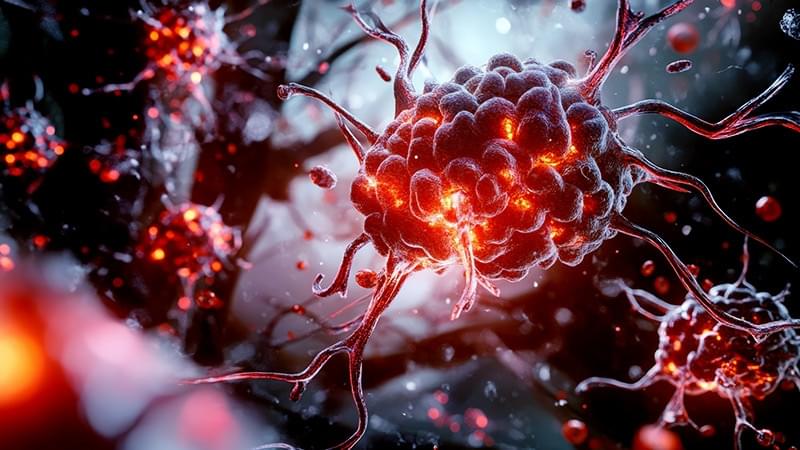

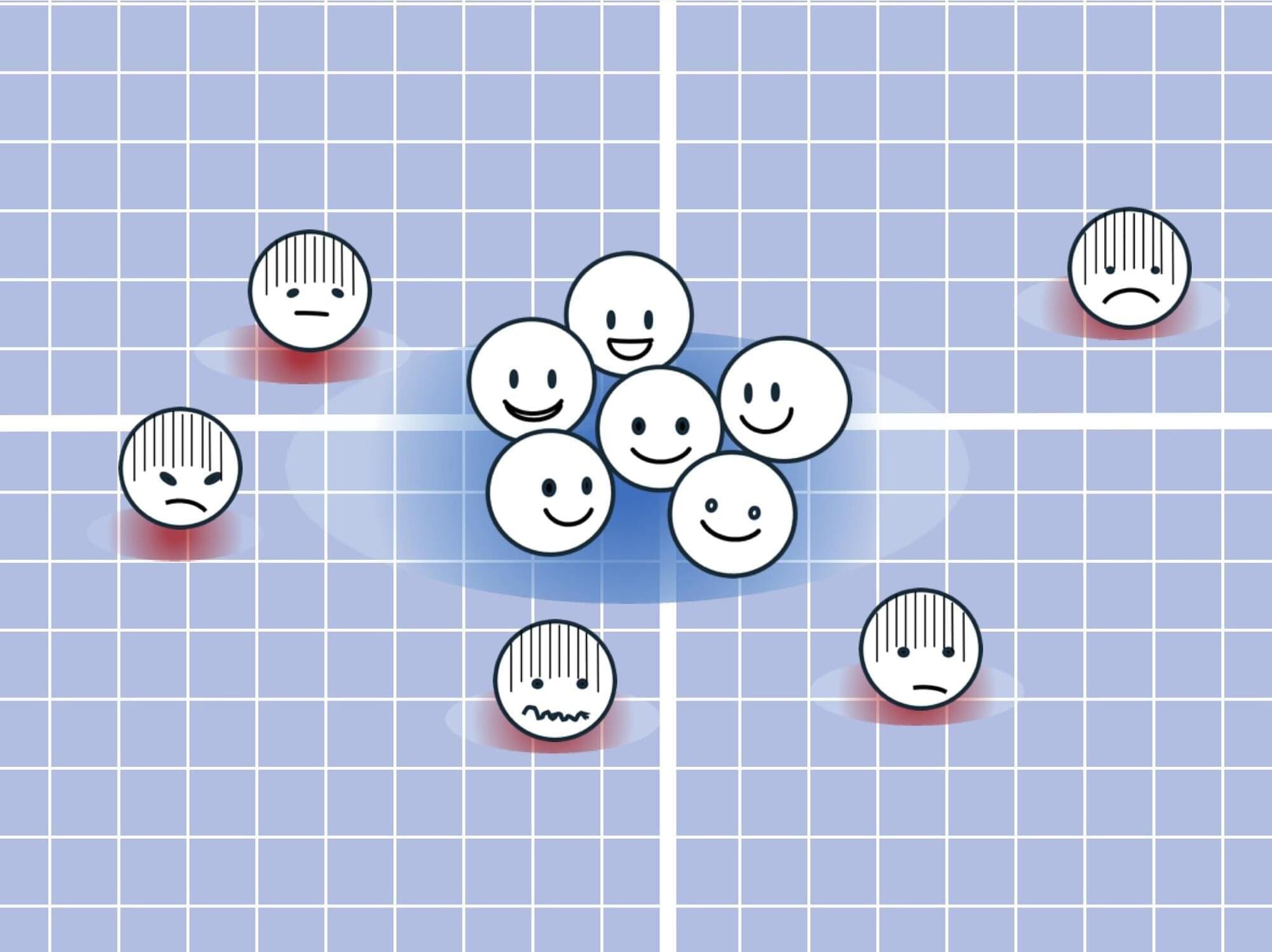
When thinking about future events, optimists’ brains work similarly, while pessimists’ brains show a much larger degree of individuality. The Kobe University finding offers an explanation why optimists are seen as more sociable—they may share a common vision of the future.
Optimists tend to be more satisfied with their social relationships and have wider social networks. Kobe University psychologist Yanagisawa Kuniaki says, “But what is the reason for this? Recent studies showed that the brains of people who occupy central social positions react to stimuli in similar ways. So it may be that people who share a similar attitude toward the future, too, truly envision it similarly in their brains and that this makes it easier for them to understand each other’s perspectives.”
To test this hypothesis, Yanagisawa assembled an interdisciplinary team from both the fields of social psychology and cognitive neuroscience. “The main reason why this question has remained untouched until now is that it exists in a gap between social psychology and neuroscience. However, the intersection of these two fields enabled us to open this black box.”

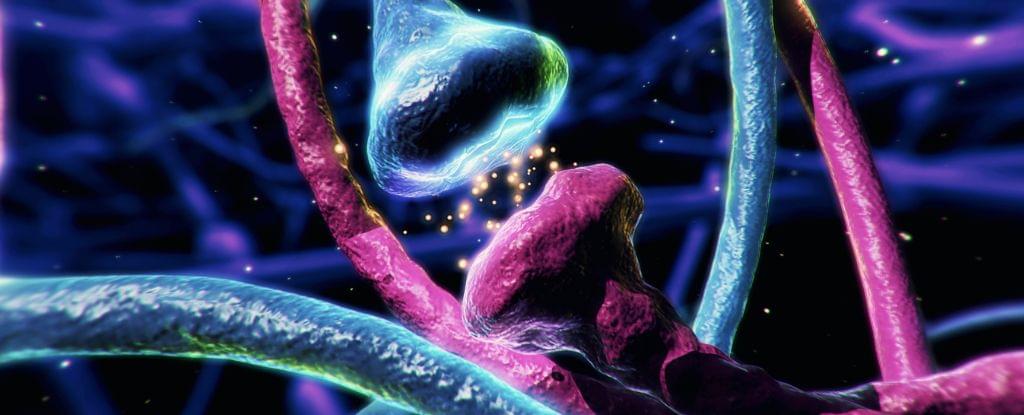
Dopamine is one of the most extensively studied chemical messengers in the human brain, and yet scientists are still figuring out how it works to accomplish so much.
For years, the classic view has been that, when released, dopamine slowly diffuses through the brain like a chemical megaphone, broadcasting information far and wide to numerous target cells.
Recently, however, that perspective has changed. Newer research suggests that dopamine is also capable of short, sharp whispers, precisely directed within milliseconds to neighboring cells.
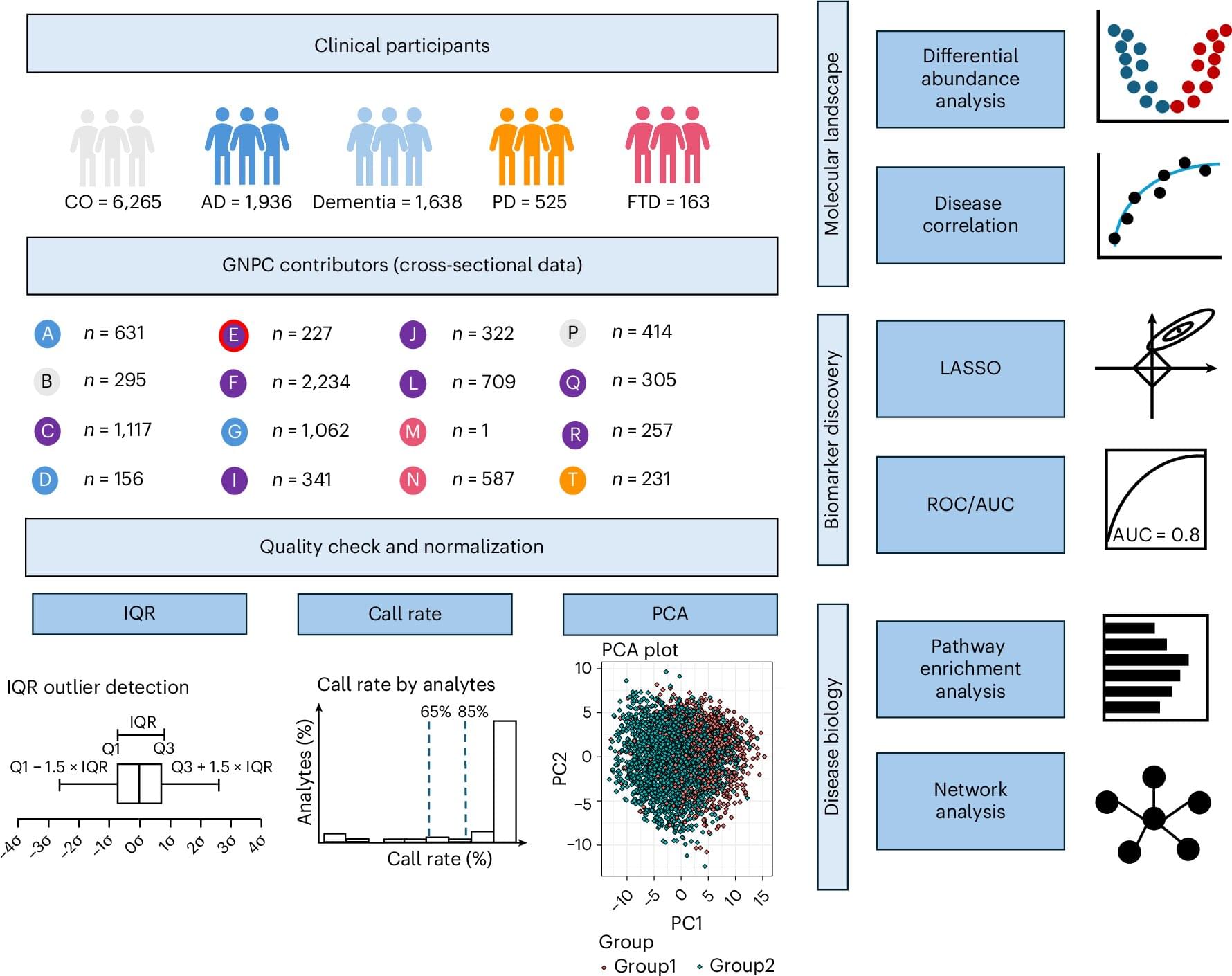
Scientists know that many proteins and pathways are involved in the development and progression of neurodegenerative conditions such as Alzheimer’s disease, Parkinson’s disease and frontotemporal dementia (FTD), and that these proteins can be detected in the plasma of people with the conditions.
But it hasn’t been clear exactly which proteins are distinct to one disease vs. shared among two or more of them, adding to the difficulty both of diagnosing these complex diseases from blood samples and of developing effective treatments.
A new study by Washington University School of Medicine in St. Louis researchers, published in Nature Medicine, provides some answers. Led by Carlos Cruchaga, the Barbara Burton & Reuben Morriss III Professor in the Department of Psychiatry and director of the NeuroGenomics and Informatics Center at WashU Medicine, the researchers analyzed protein activity in more than 10,500 blood plasma samples from patients with Alzheimer’s disease, Parkinson’s disease or FTD.
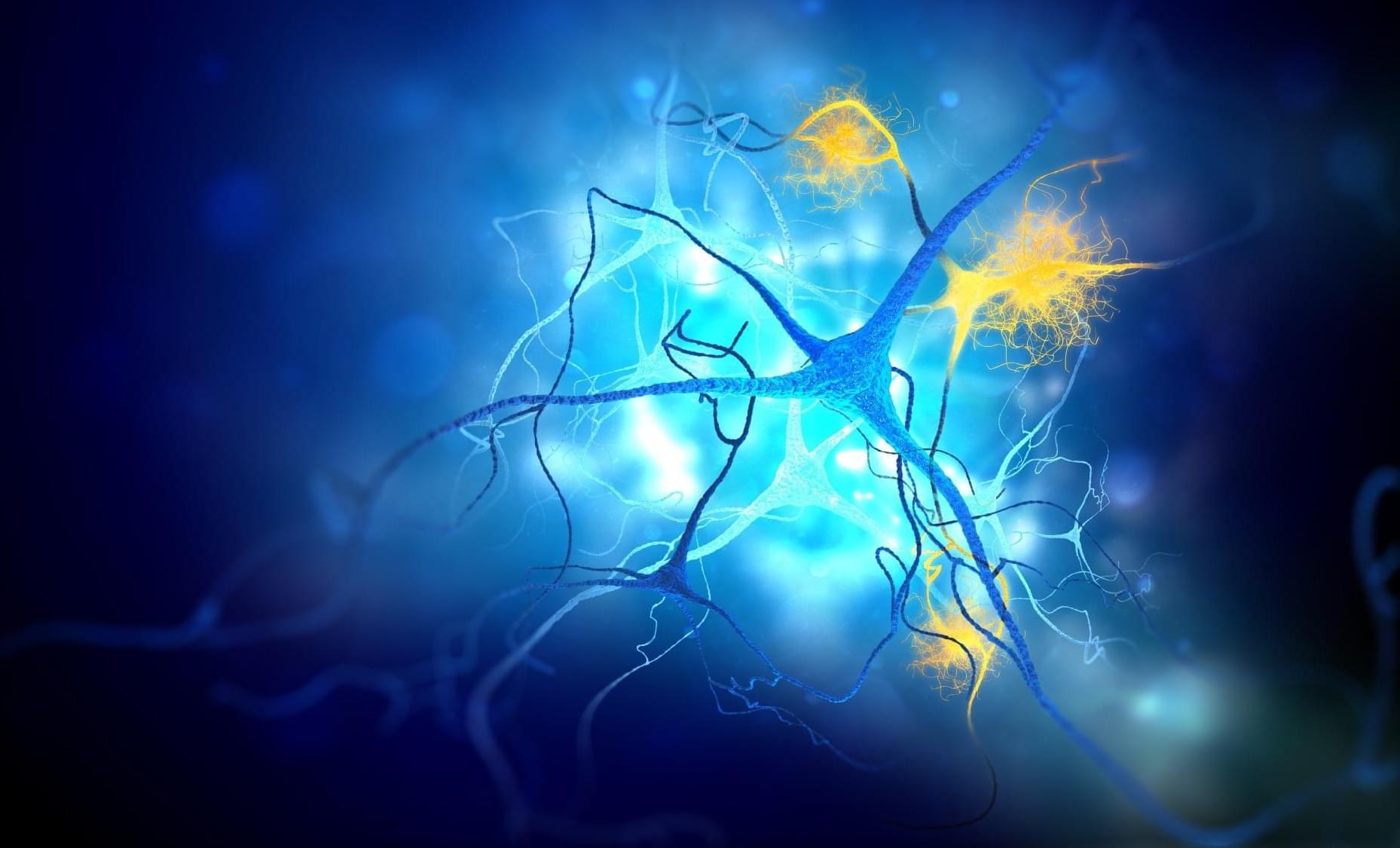
Further analysis for immune-specific processes revealed APOE ε4 enrichment in various infection-related pathways, including herpes, influenza A, hepatitis, measles, and Epstein-Barr virus (EBV). Significant enrichment was also observed for B-cell, T-cell, and inflammatory signaling cascades. Next, immune cell subtype enrichment analysis revealed the most APOE ε4 enrichment in intermediate and non-classical monocytes among innate immune cells.
Among adaptive immune cells, memory cluster of differentiation 8 (CD8) T cells, regulatory T (Treg) cells, and memory CD4 T cells were the most enriched. Besides, γδ T cells and natural killer (NK) cells showed APOE ε4 enrichment. In the liver, a cell-type-specific enrichment analysis revealed the most APOE ε4 enrichment in Kupffer cells and hepatocytes.
Next, the researchers examined whether APOE ε4 CSF proteome changes were reflected in the plasma and used the GNPC dataset for plasma proteome profiling of AD, PDD, FTD, PD, ALS, and non-impaired controls. Fifty-eight plasma proteins associated with the APOE genotype were identified in non-impaired controls. CART modeling revealed that these 58 proteins could strongly differentiate between APOE ε4 carriers and non-carriers across neurodegenerative diseases, and this signature was found to be consistent across different sexes and racial groups.

Psychopathy is often associated with impulsivity, aggression, and antisocial behavior. While past studies have focused heavily on how different brain regions function in people with psychopathic traits, less is known about how these regions are structurally connected. Structural connectivity refers to the physical links between brain areas—similar to the brain’s wiring system. The researchers aimed to go beyond earlier work that focused only on specific brain circuits and instead look across the entire brain to identify any structural patterns linked to psychopathy.
The researchers were especially interested in understanding whether structural differences in the brain might explain the relationship between psychopathic traits and externalizing behaviors. Previous models have suggested two possible brain-based explanations for these behaviors. One theory emphasizes problems in how people process emotional threats, while another highlights difficulties in attention control. Both theories have some support, but no study had comprehensively examined how structural brain networks might connect psychopathy with real-world behavioral problems.
The research team analyzed data from 82 young adults who participated in the Leipzig Mind-Brain-Body study. All participants were screened to rule out medical or psychological conditions that might affect the results. Psychopathic traits were assessed using a questionnaire designed to capture both interpersonal-affective characteristics (like manipulation and lack of empathy) and behavioral traits (like impulsivity and rule-breaking). Externalizing behaviors were also measured with a separate questionnaire that included items on aggression, defiance, and similar tendencies.
Each participant underwent high-resolution brain imaging using diffusion MRI, a technique that maps the white matter tracts—essentially the brain’s wiring—connecting different regions. The researchers used a method called connectome-based predictive modeling, which relies on machine learning to identify patterns in the brain’s structural connectivity that relate to individual differences in behavior.
This method allowed them to identify two kinds of networks: positive networks, where stronger connections were linked to higher psychopathy scores, and negative networks, where weaker connections were related to those same scores. They also tested whether specific connections within these networks helped explain the relationship between psychopathic traits and externalizing behaviors.
The results showed that psychopathic traits were significantly associated with both stronger and weaker connections in different parts of the brain. The positive network—made up of connections that increased with psychopathy—was better at predicting psychopathic traits than the negative network alone. But when both networks were combined, the prediction became even more accurate.
Many of the connections in the positive network were located within the brain’s frontal and parietal lobes, which are involved in decision-making, emotional processing, and attention. These connections included pathways like the uncinate fasciculus, which links the frontal cortex with areas involved in emotion, and the arcuate fasciculus, which supports language and auditory processing. Other connections involved the cingulum bundle, associated with emotional regulation and social behavior, and the posterior corticostriatal pathway, which plays a role in reward processing and learning.
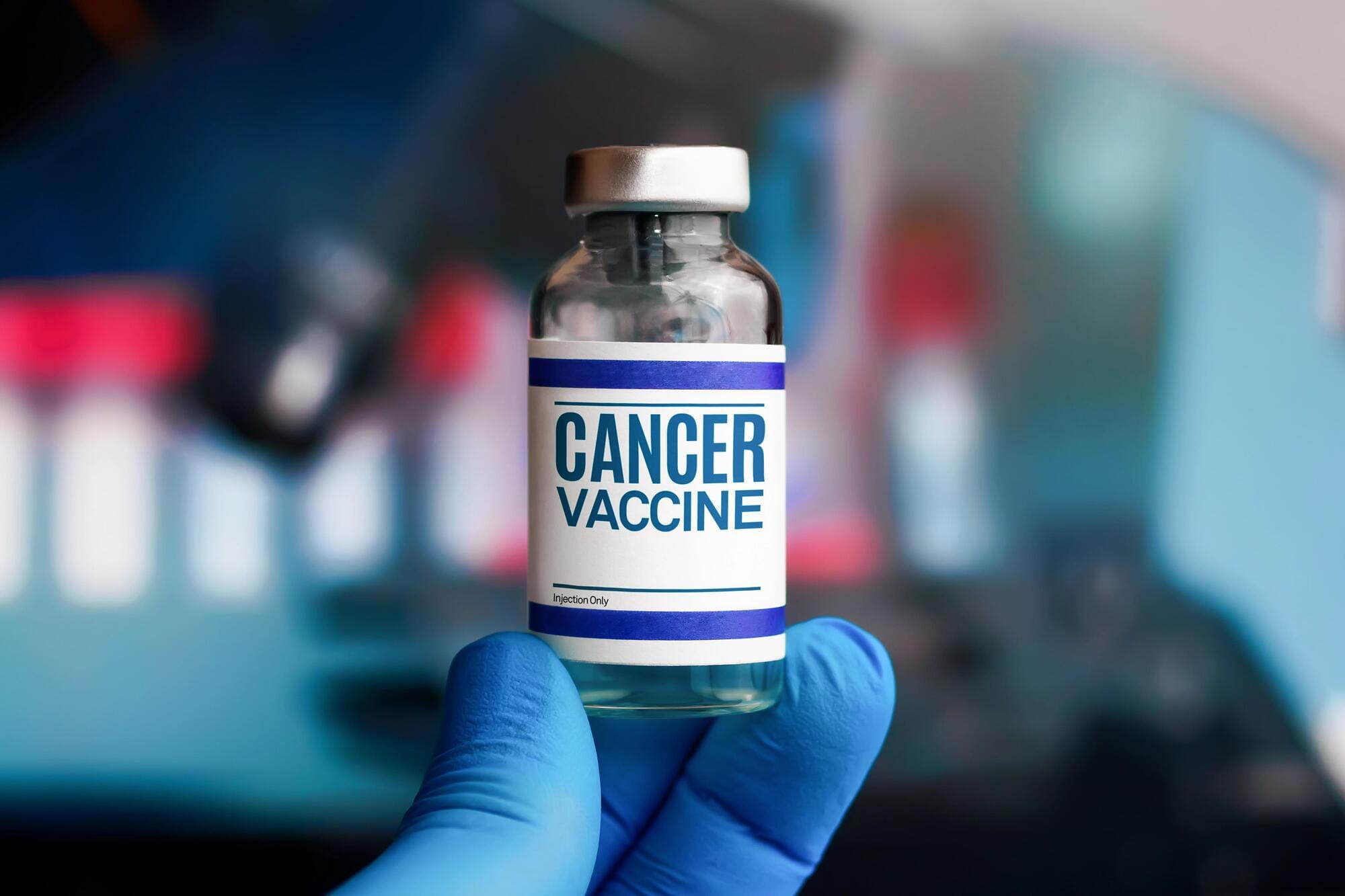
Following on from their breakthrough human trial that successfully reprogrammed the immune system to overpower glioblastoma, an aggressive brain tumor, the same scientists have now further developed the mRNA vaccine to fight not one but any cancer. It has the potential to do away with chemotherapy, surgery and radiation treatment.
University of Florida (UF) scientists have developed an experimental vaccine that dramatically boosts the immune system’s ability to fight tumors – even without targeting a specific cancer type. This “general purpose” mRNA jab works in a similar way to a Covid-19 vaccine but with a different target; it instructs the body’s immune cells to rally and hit any kind of tumor in the same way they would attack a viral spike protein.
“This paper describes a very unexpected and exciting observation: that even a vaccine not specific to any particular tumor or virus – so long as it is an mRNA vaccine – could lead to tumor-specific effects,” said Elias Sayour, a pediatric oncologist and principal investigator at the RNA Engineering Laboratory at UF. “This finding is a proof of concept that these vaccines potentially could be commercialized as universal cancer vaccines to sensitize the immune system against a patient’s individual tumor.”

What makes the human brain distinctive? A new study published in Cell identifies two genes linked to human brain features and provides a road map to discover many more. The research could lead to insights into the functioning and evolution of the human brain, as well as the roots of language disorders and autism.
